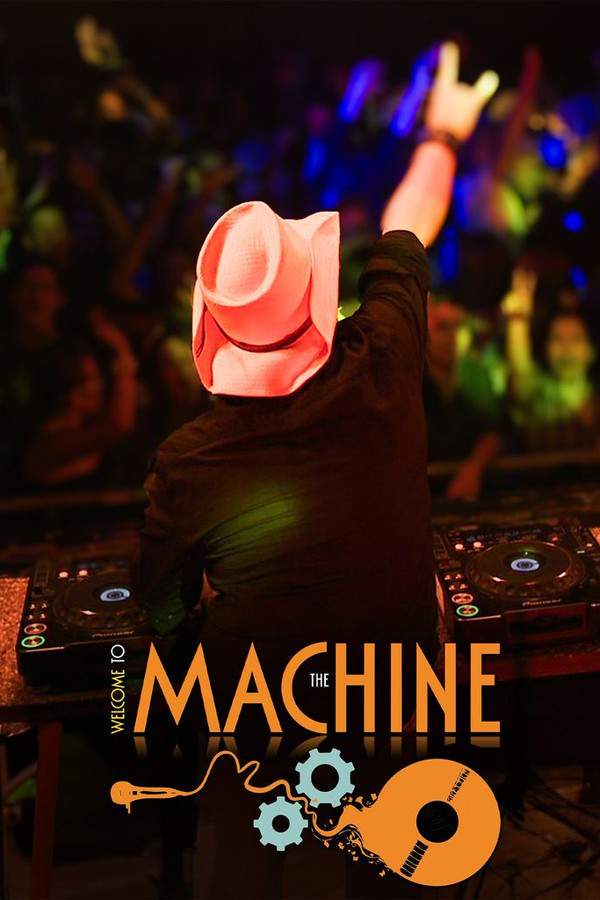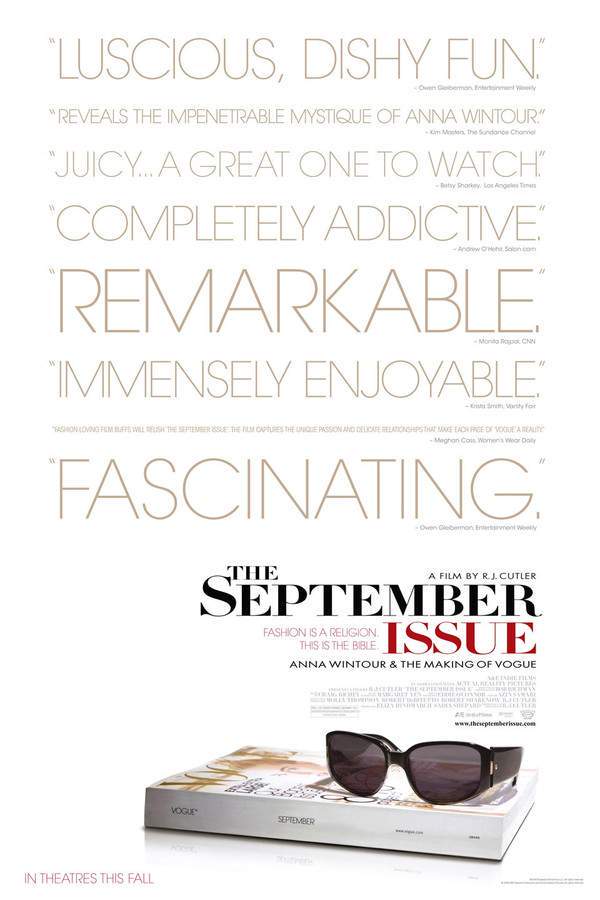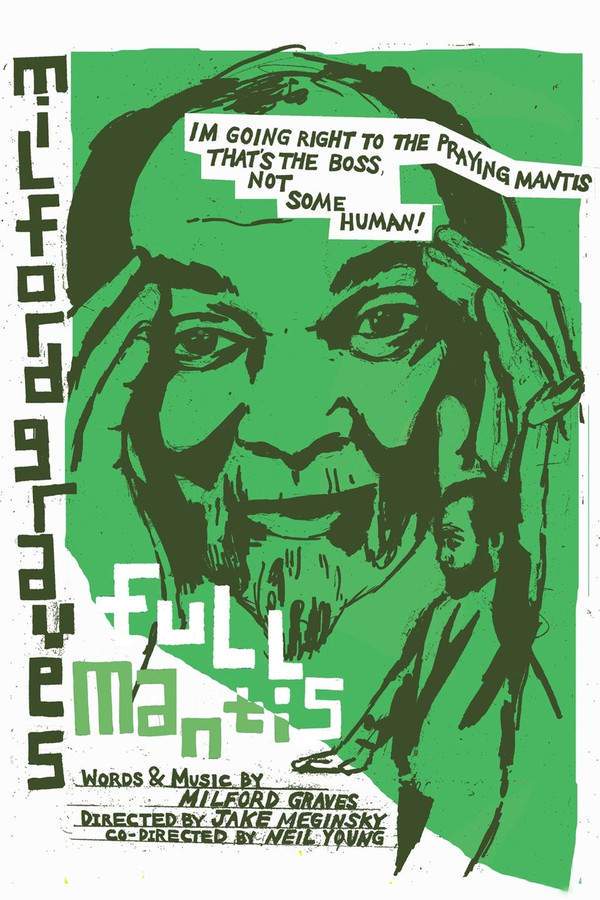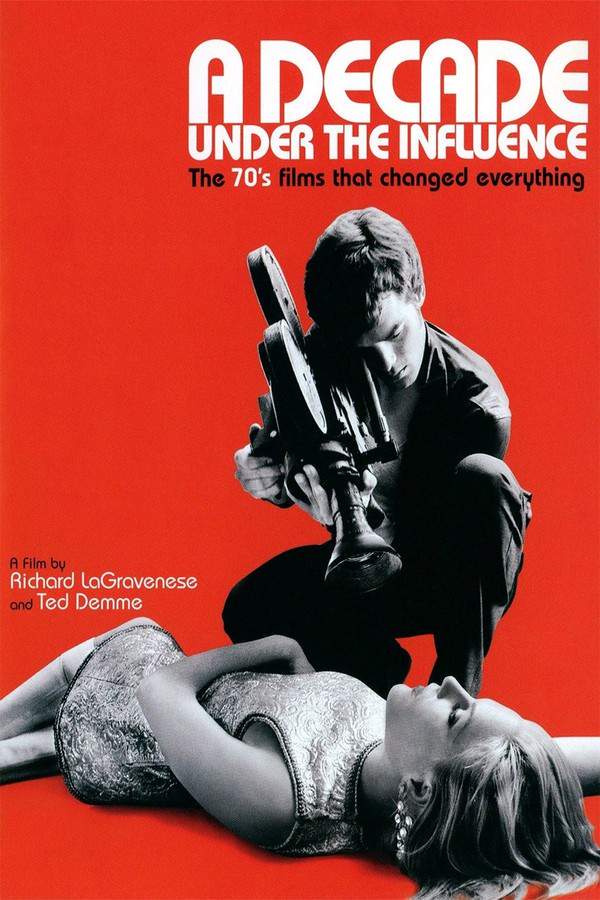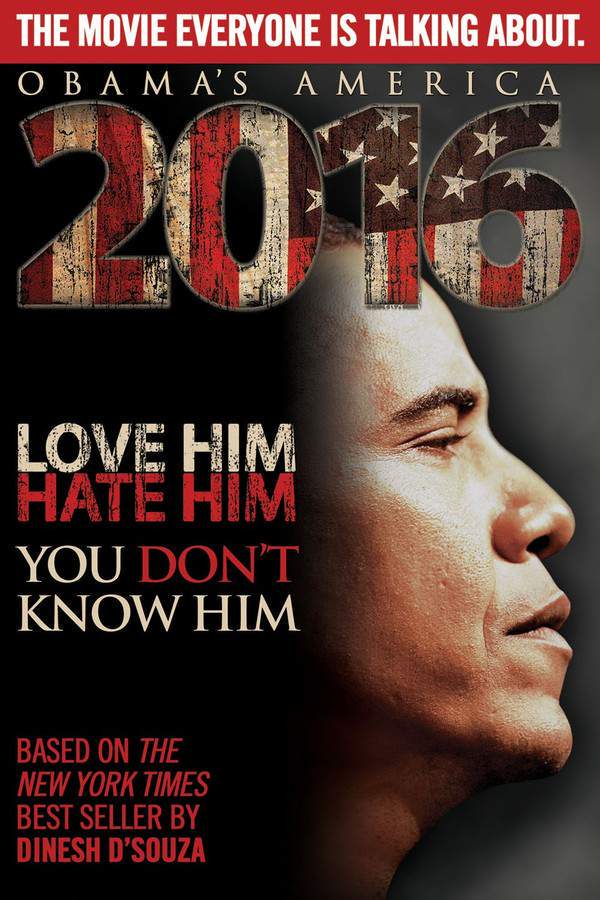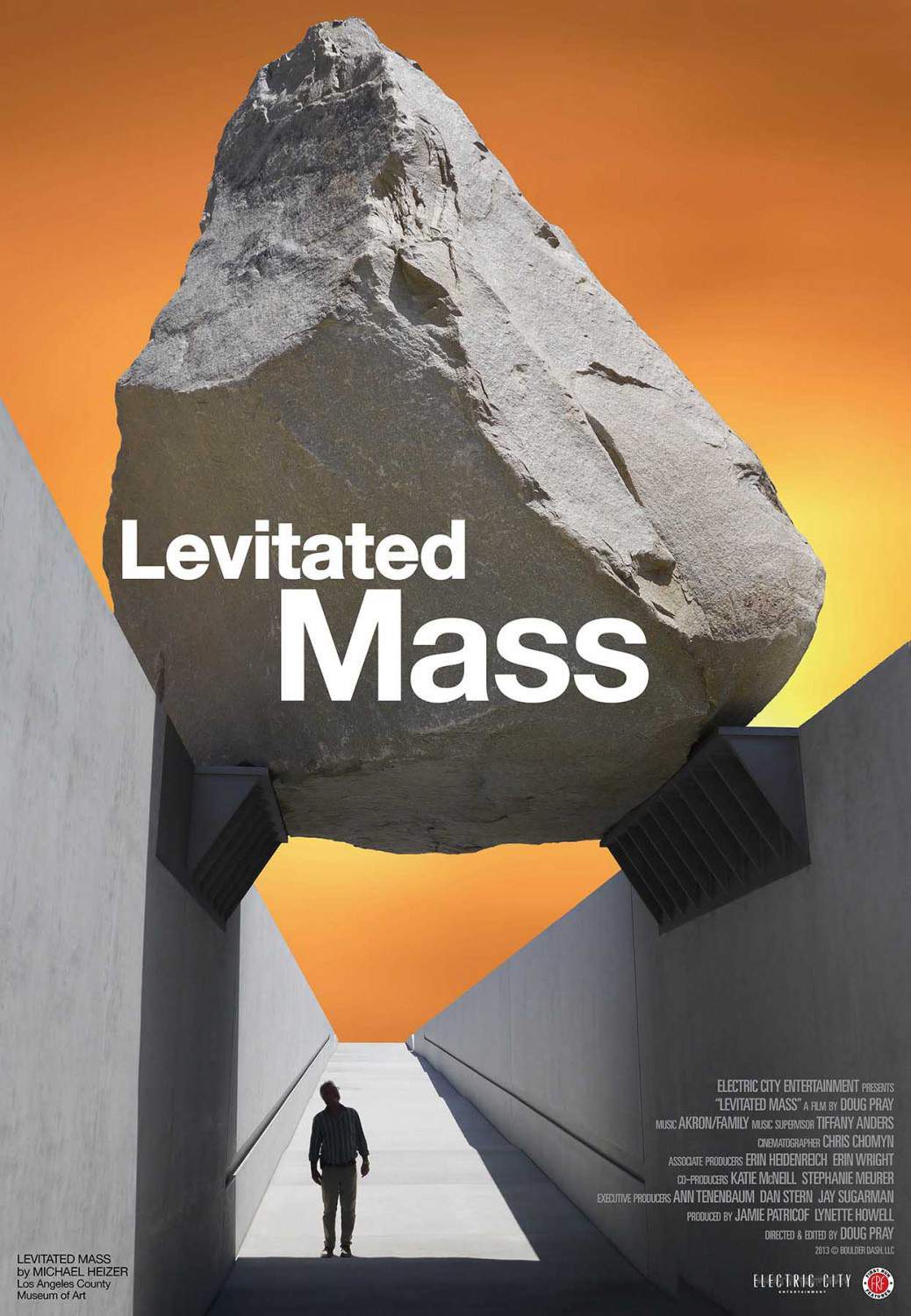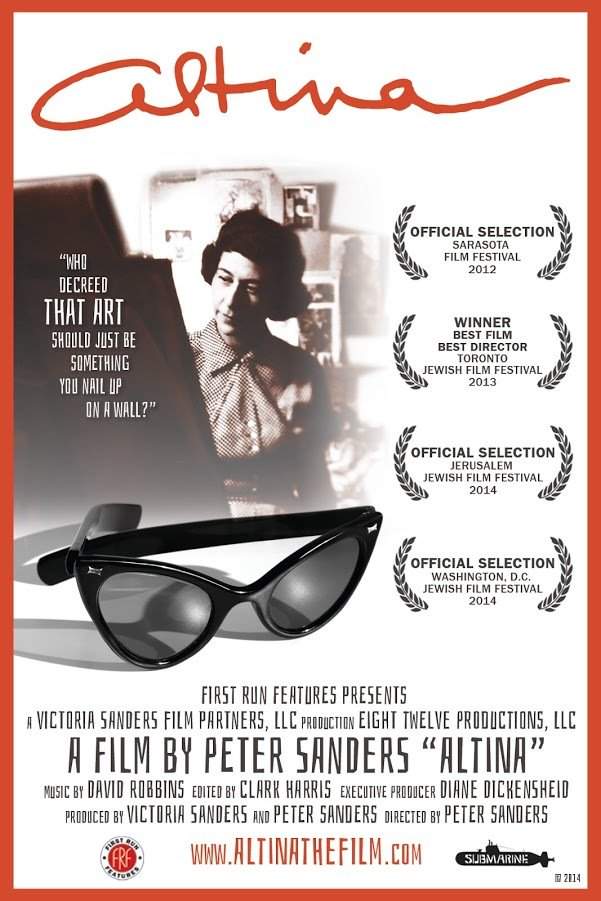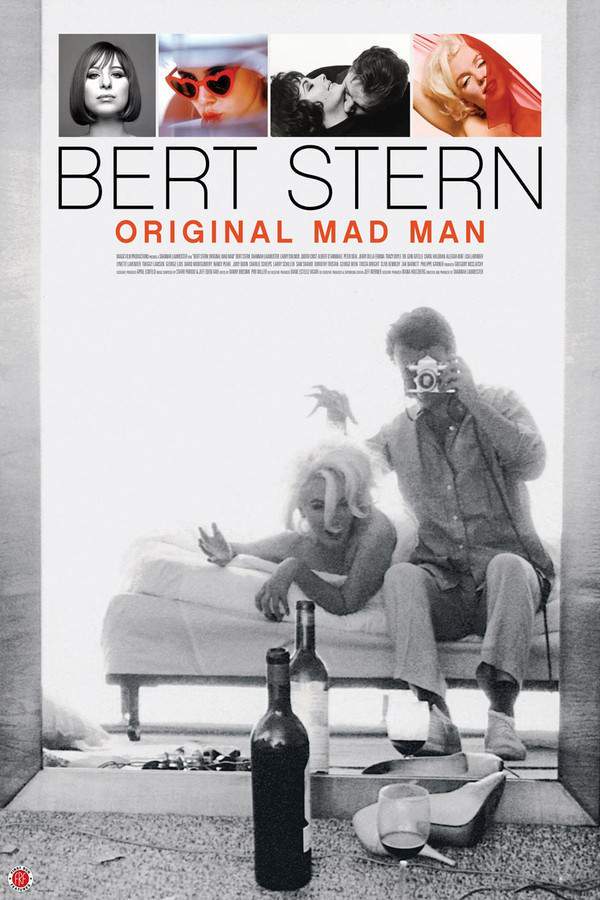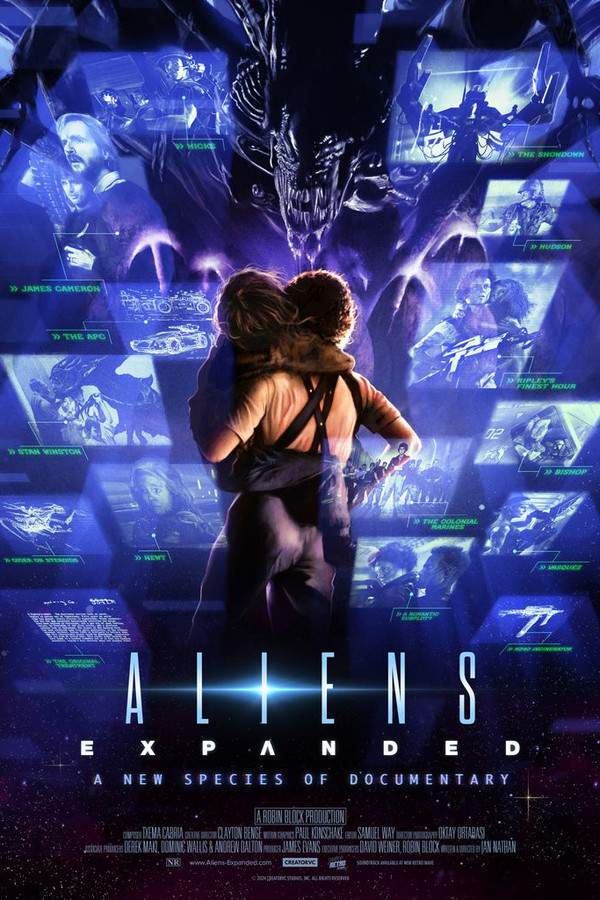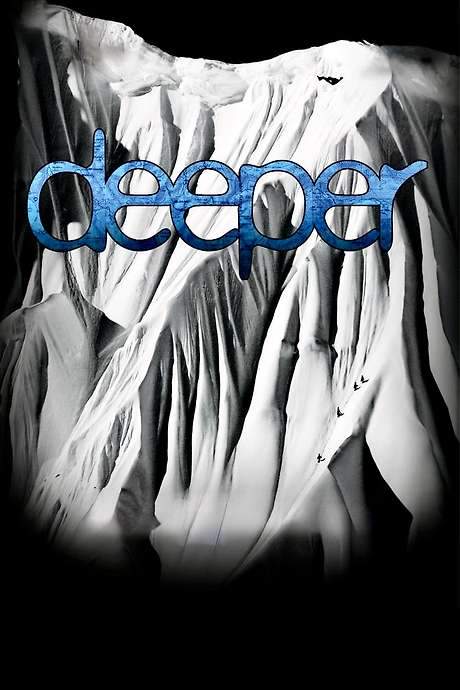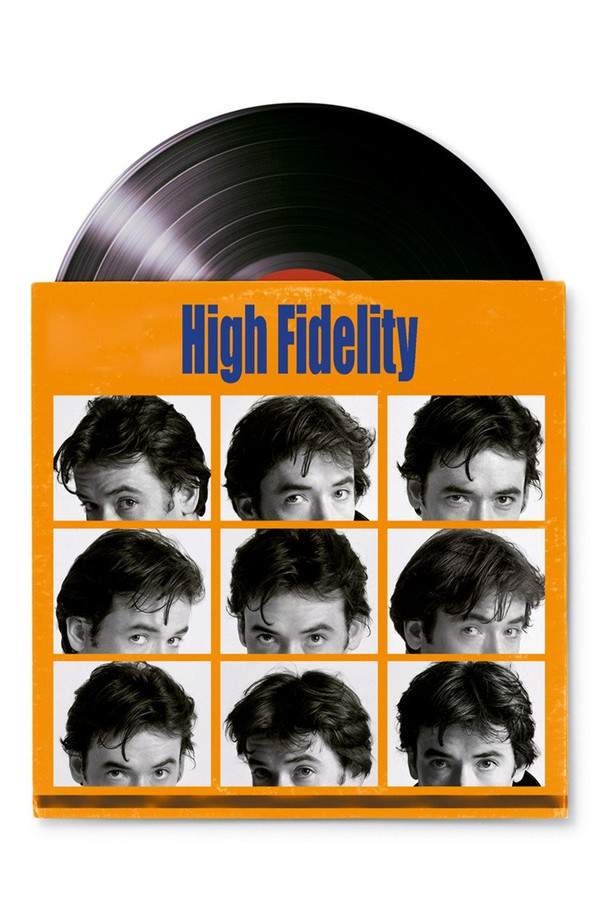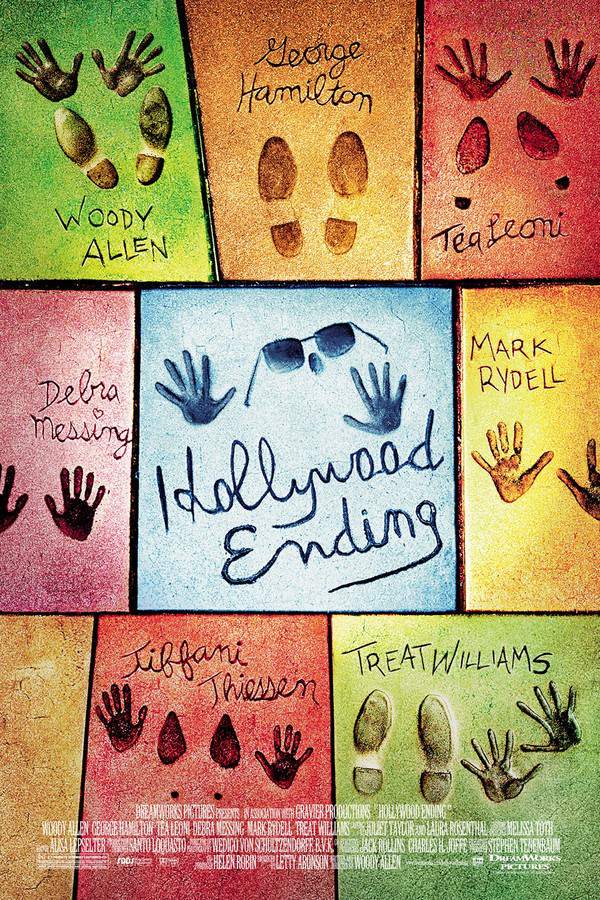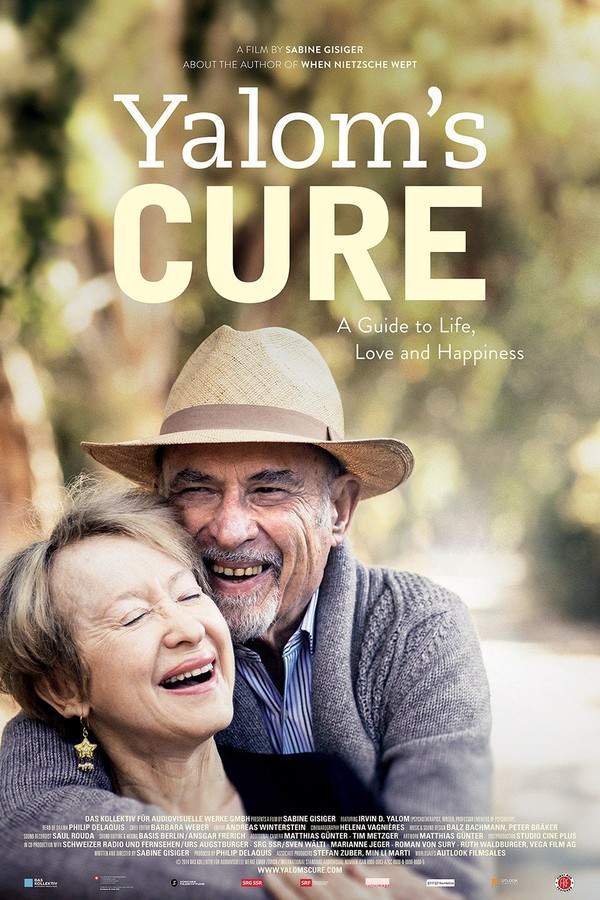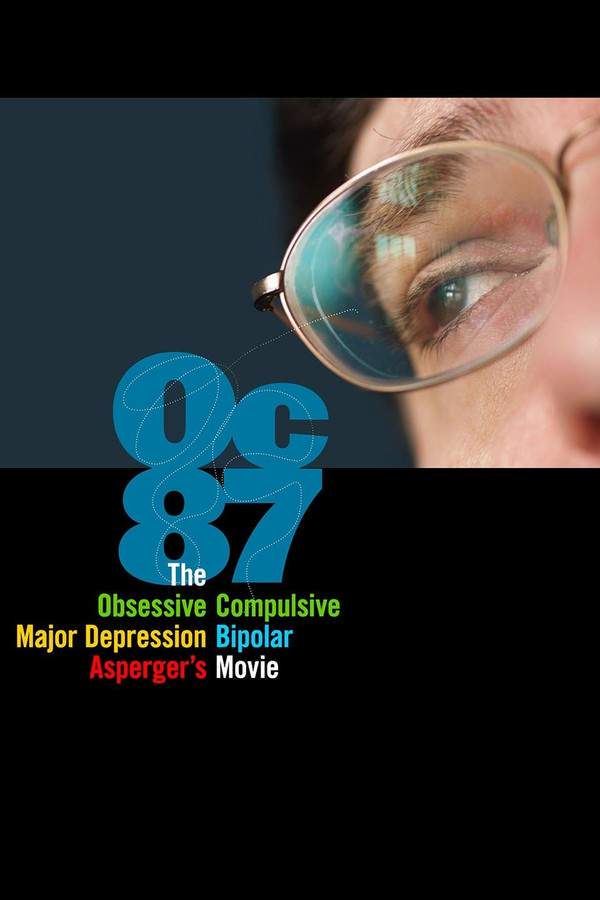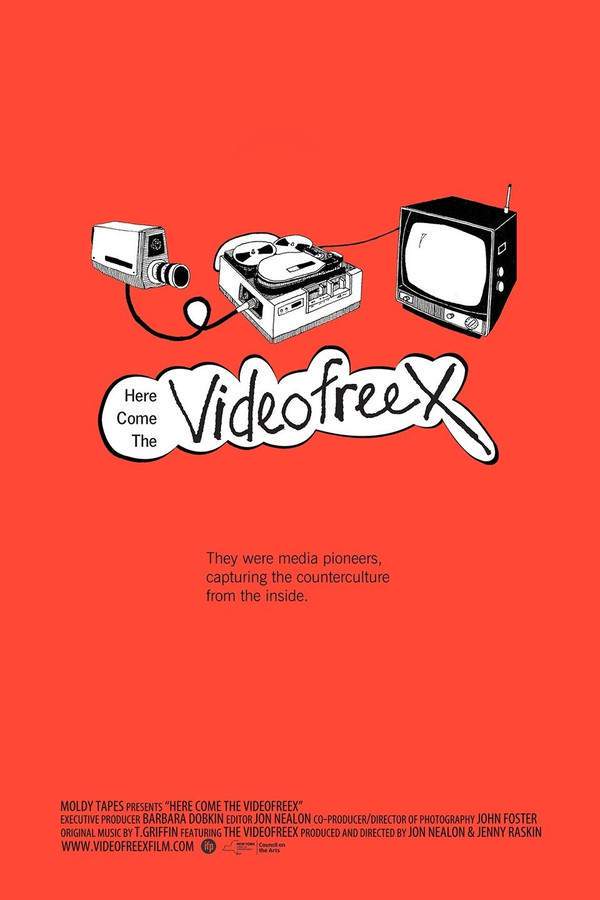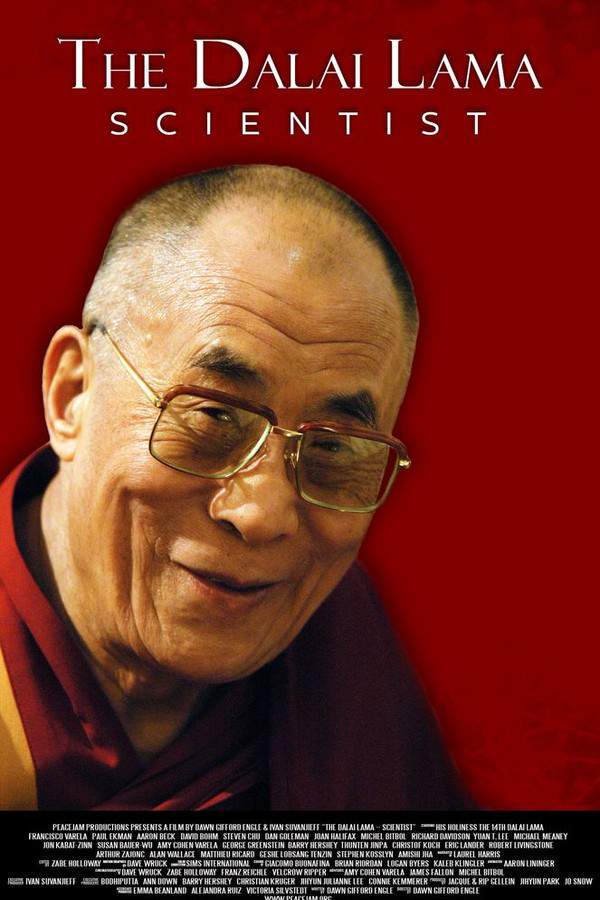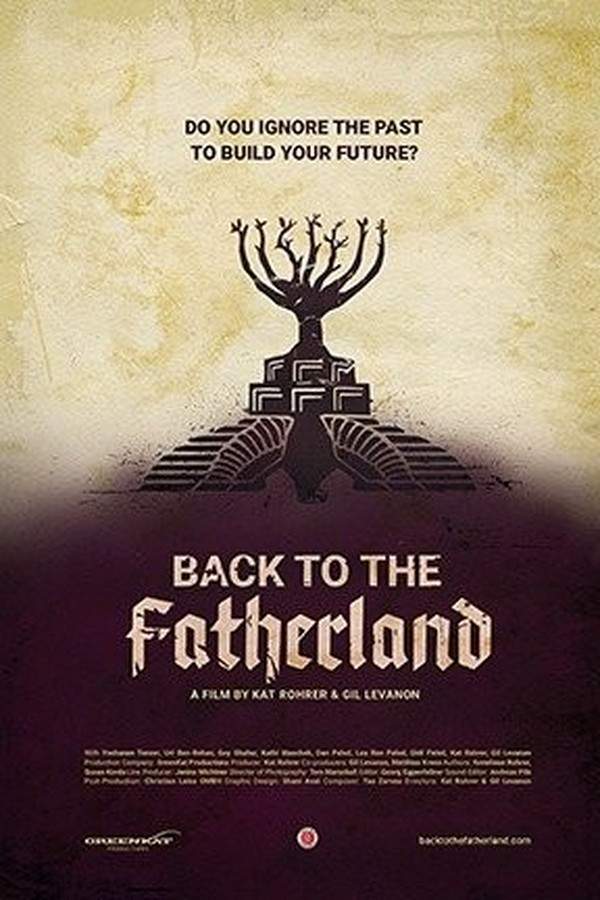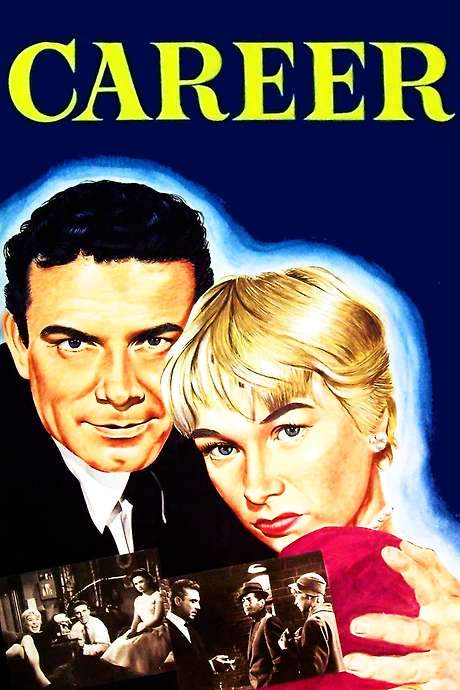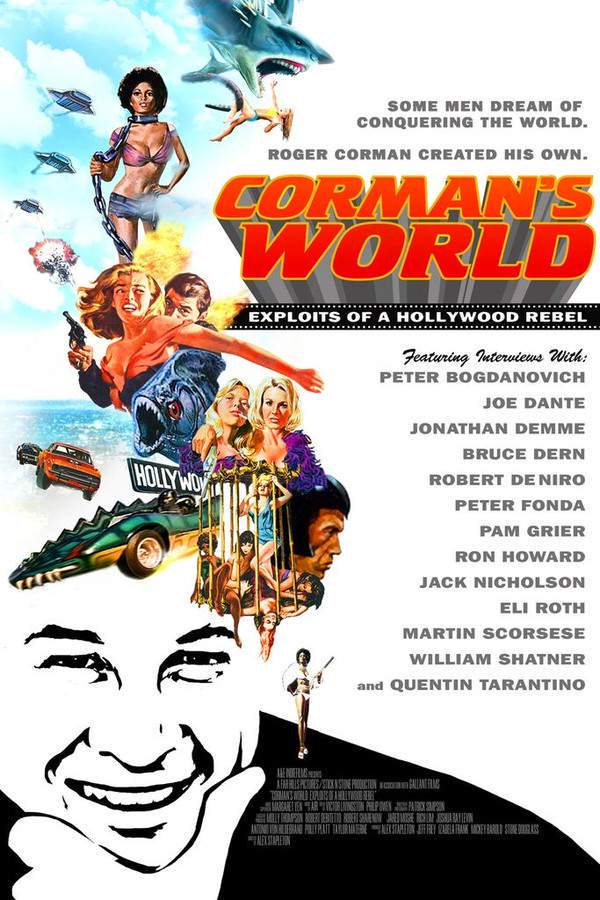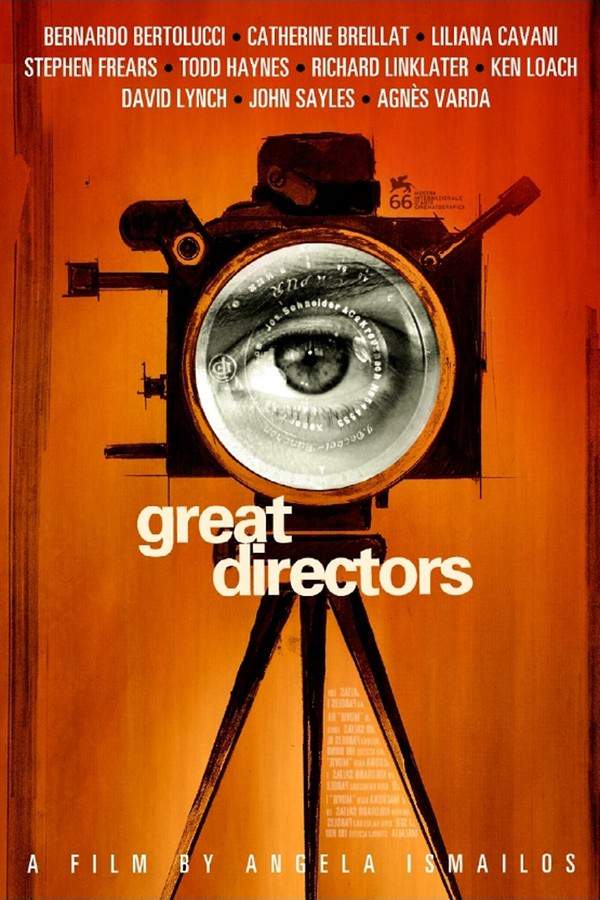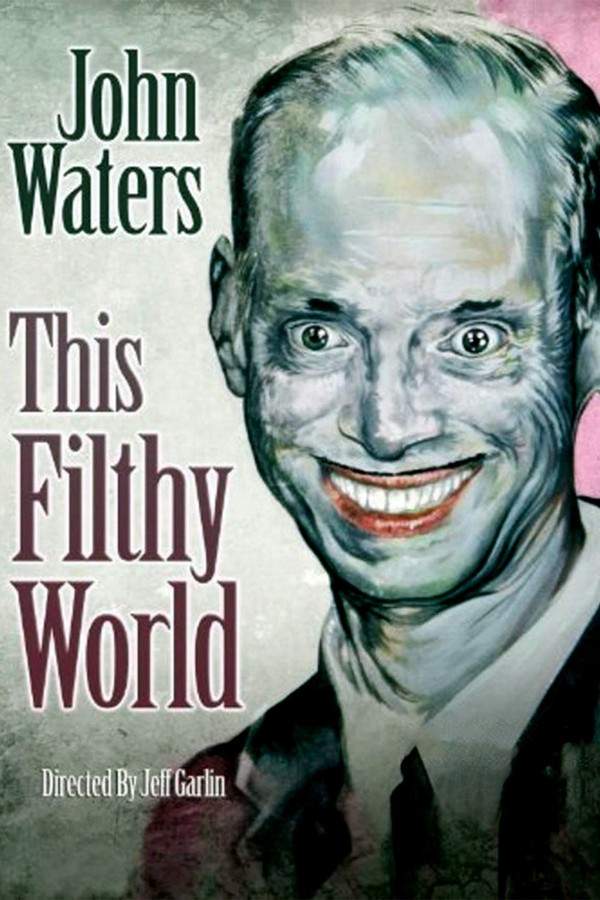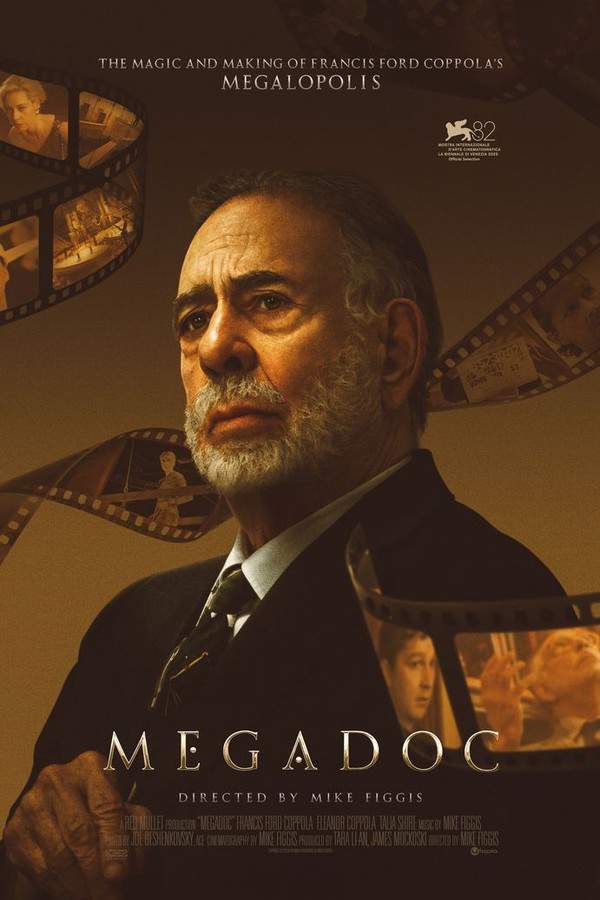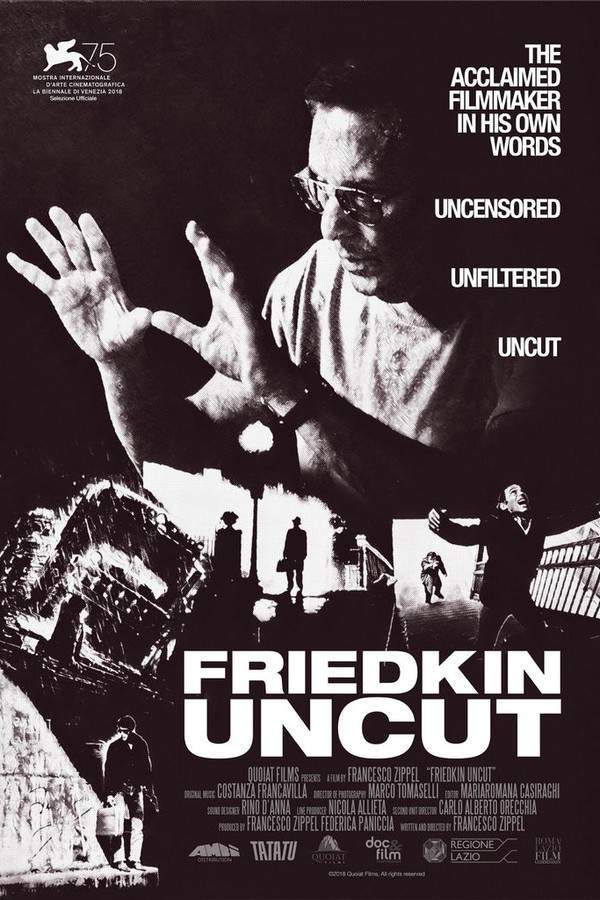
Friedkin Uncut
This documentary offers a revealing look into the career and creative process of acclaimed filmmaker William Friedkin. Through intimate interviews with friends and collaborators, the film explores his unique approach to filmmaking, highlighting his willingness to take artistic risks and his deep passion for storytelling. Viewers gain valuable insights into the themes and experiences that have profoundly shaped his life and work.
Warning: spoilers below!
Haven’t seen Friedkin Uncut yet? This summary contains major spoilers. Bookmark the page, watch the movie, and come back for the full breakdown. If you're ready, scroll on and relive the story!
Friedkin Uncut (2019) – Full Plot Summary & Ending Explained
Read the complete plot breakdown of Friedkin Uncut (2019), including all key story events, major twists, and the ending explained in detail. Discover what really happened—and what it all means.
The brilliance of William Friedkin is on full display as he intimately recounts his journey from navigating the lively streets of Chicago to becoming an iconic filmmaker. His deep admiration for cinema was sparked by Orson Welles’ acclaimed film Citizen Kane (1941), which inspired him to craft compelling narratives that resonate with viewers globally. Friedkin’s early endeavor, The People vs. Paul Crump (1962), not only played a role in commuting a death sentence but also marked the initiation of his notable filmmaking career.
A significant milestone in Friedkin’s artistic evolution is The French Connection (1971), where he adopted a cinéma vérité style by embedding himself with real New York police officers to grasp the harsh realities of drug trafficking. This immersive experience later influenced his direction in Killer Joe (2011), a film where both Gina Gershon and Matthew McConaughey share insightful experiences about their performances guided by Friedkin.
His creative journey unfolds through engaging conversations with actors, including an interesting anecdote involving Stacy Keach who was originally cast as Father Karras in The Exorcist, a role that ultimately went to Jason Miller. This exploration leads us to Sorcerer (1977), a film that, despite its lackluster box office, demonstrated Friedkin’s willingness to explore bold narratives.
Throughout his career, Friedkin has drawn inspiration from luminaries such as Buster Keaton, whose pioneering contributions to filmmaking resonated with him. This connection is further highlighted in his 1975 documentary Conversation with Fritz Lang, which provides an insight into the life and artistic legacy of this cinematic titan.
As the New Hollywood movement transitioned into the 1980s, Friedkin’s projects maintained a broad scope. Even with the controversies surrounding Cruising (1980), he continued to challenge conventional storytelling. His return to the crime thriller genre with To Live and Die in L.A. (1985) solidified his status as a maestro in filmmaking.
In the later stages of his career, Friedkin shifted his focus towards stage direction, embracing operas such as Wozzeck and Aida. His latest venture in supernatural horror, The Devil and Father Amorth (2017), premiered at the 74th Venice International Film Festival, marking a significant comeback to the genre that first imbued him with creative inspiration.
In summary, William Friedkin’s cinematic legacy is a testament to his unyielding commitment to storytelling, a fervent passion for filmmaking, and a boldness in taking creative risks. His candid opinions on film award ceremonies, which he humorously deems as a “dirty joke,” further exemplify his dedication to uphold artistic integrity.
Last Updated: November 18, 2024 at 21:01
Explore Movie Threads
Discover curated groups of movies connected by mood, themes, and story style. Browse collections built around emotion, atmosphere, and narrative focus to easily find films that match what you feel like watching right now.
Intimate Artist Portraits like Friedkin Uncut
Revealing documentaries that explore the lives and processes of visionary artists.Find more movies like Friedkin Uncut that offer revealing documentaries and biographical films about visionary artists. If you enjoyed this deep dive into a filmmaker's process, you'll appreciate these similar stories exploring creative genius and artistic legacies.
Narrative Summary
These stories typically unfold as retrospective journeys, tracing an artist's career from early influences to lasting impact. They explore the key works, personal turning points, and the often unyielding passion that drives creative innovation, structured around interviews, archival footage, and analysis.
Why These Movies?
Movies are grouped here for their shared focus on demystifying artistic brilliance. They connect through an analytical yet intimate tone, a steady pacing that allows for deep reflection, and a medium emotional weight that balances admiration with honest examination.
Reflective Career Stories like Friedkin Uncut
Stories that look back on a life's work, examining legacy and lasting influence.Discover movies similar to Friedkin Uncut that feature in-depth career retrospectives. These films share a focus on examining a life's work, artistic risks, and professional legacy, perfect if you liked the analytical and appreciative look at a filmmaker's journey.
Narrative Summary
The narrative pattern involves a non-fiction or biographical structure that assesses a professional journey. It connects key milestones to overarching themes, often concluding with a sense of accomplishment and a perspective on the subject's enduring contribution.
Why These Movies?
These films are united by their thematic focus on legacy and professional examination. They share a moderate complexity in unpacking a multifaceted career, a happy or hopeful ending feel that acknowledges achievement, and a reflective mood that values insight over sensationalism.
Unlock the Full Story of Friedkin Uncut
Don't stop at just watching — explore Friedkin Uncut in full detail. From the complete plot summary and scene-by-scene timeline to character breakdowns, thematic analysis, and a deep dive into the ending — every page helps you truly understand what Friedkin Uncut is all about. Plus, discover what's next after the movie.
Friedkin Uncut Timeline
Track the full timeline of Friedkin Uncut with every major event arranged chronologically. Perfect for decoding non-linear storytelling, flashbacks, or parallel narratives with a clear scene-by-scene breakdown.

Characters, Settings & Themes in Friedkin Uncut
Discover the characters, locations, and core themes that shape Friedkin Uncut. Get insights into symbolic elements, setting significance, and deeper narrative meaning — ideal for thematic analysis and movie breakdowns.

Friedkin Uncut Spoiler-Free Summary
Get a quick, spoiler-free overview of Friedkin Uncut that covers the main plot points and key details without revealing any major twists or spoilers. Perfect for those who want to know what to expect before diving in.

More About Friedkin Uncut
Visit What's After the Movie to explore more about Friedkin Uncut: box office results, cast and crew info, production details, post-credit scenes, and external links — all in one place for movie fans and researchers.

Similar Movies to Friedkin Uncut
Discover movies like Friedkin Uncut that share similar genres, themes, and storytelling elements. Whether you’re drawn to the atmosphere, character arcs, or plot structure, these curated recommendations will help you explore more films you’ll love.
Explore More About Movie Friedkin Uncut
Friedkin Uncut (2019) Scene-by-Scene Movie Timeline
Friedkin Uncut (2019) Movie Characters, Themes & Settings
Friedkin Uncut (2019) Spoiler-Free Summary & Key Flow
Movies Like Friedkin Uncut – Similar Titles You’ll Enjoy
Corman's World: Exploits of a Hollywood Rebel (2011) Complete Plot Breakdown
Great Directors (2010) Detailed Story Recap
This Filthy World (2006) Full Summary & Key Details
Raising Hell: Filming the Exorcist (2010) Full Movie Breakdown
Leap of Faith: William Friedkin on The Exorcist (2019) Spoiler-Packed Plot Recap
Klaus Kinski: I’m not an actor (2000) Complete Plot Breakdown
Cinemagician: Conversations with Kenneth Anger (2019) Complete Plot Breakdown
Film Noir: Bringing Darkness to Light (2006) Plot Summary & Ending Explained
Counterfeit World: Making ‘To Live and Die in L.A.’ (2003) Ending Explained & Film Insights
Hearts of Darkness: A Filmmaker’s Apocalypse (1991) Spoiler-Packed Plot Recap
Preminger: Anatomy of a Filmmaker (1991) Film Overview & Timeline
Hollywood Uncensored (1987) Movie Recap & Themes
Sam Peckinpah: Man of Iron (1993) Full Movie Breakdown
Anatomy of a Chase (2009) Plot Summary & Ending Explained
Megadoc (2025) Detailed Story Recap

